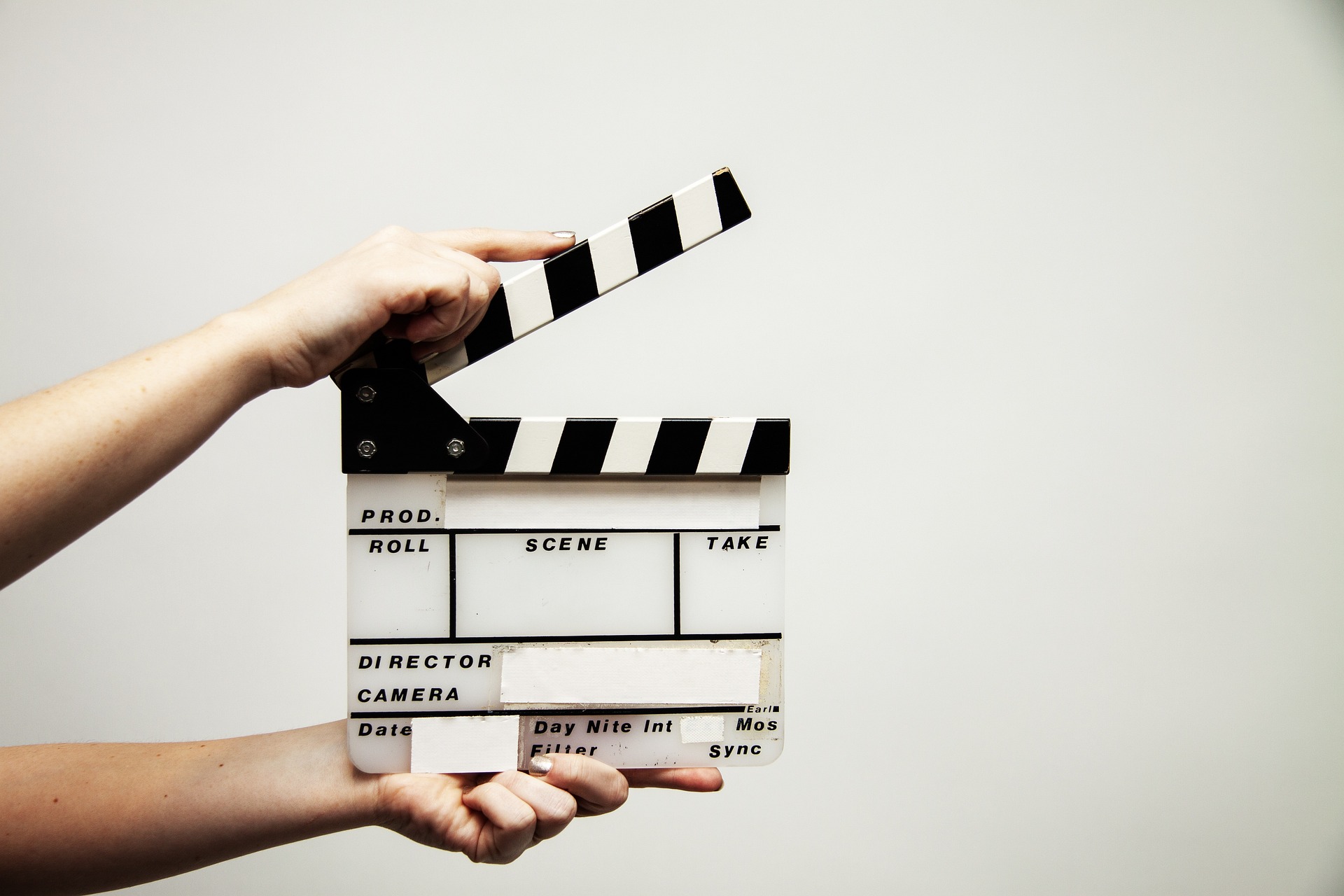Sweeping the Spotlight: Choreography in Contemporary Cinema
From the golden era of Hollywood to the modern age of digital filmmaking, the art of choreography has always held a unique place in cinema. Initially seen as a necessary addition for musicals and dance films, choreography has grown into a medium of storytelling that extends far beyond the dance floor. Today, it is a critical component in a wide range of film genres, from action-packed blockbusters to intimate dramas, adding layers of depth to characters and narratives. This article explores the growing prominence of choreography in contemporary cinema, its historical evolution, and its significant impact on the film industry.
Etching the Footprints: Historical Context
The use of choreography in films can be traced back to the early 20th century, with musicals like “The Jazz Singer” and “Singin’ in the Rain” exhibiting carefully crafted dance sequences that added a visual spectacle to the narrative. However, it was not until the 1980s and 90s, with films like “Dirty Dancing” and “Pulp Fiction,” that choreography started to gain recognition for its potential to develop characters and move the plot forward.
Stepping into the Spotlight: Current Trends
In recent years, choreography has become an integral part of films spanning various genres. Action films like “John Wick” and “Mad Max: Fury Road” use choreography to construct visually stunning fight sequences, while dramas like “La La Land” and “Black Swan” use dance to convey complex emotions and internal struggles. Choreography also plays a vital role in superhero films, helping to create epic battle scenes and signature moves for characters.
Moving the Narrative: Significance and Impact
Choreography’s increasing prominence in contemporary cinema has significantly shifted the way stories are told on the big screen. By using movement and dance, filmmakers can communicate complex emotions and thoughts, often without the need for dialogue. This non-verbal storytelling has opened new avenues for cinematic expression, allowing for deeper character development and more engaging narratives.
Moreover, the rise of choreography in cinema has led to a growing appreciation for the art form, with a surge in choreography-focused film festivals and awards. This recognition not only highlights the skills and creativity of choreographers but also emphasizes the importance of their role in the filmmaking process.
Applauding the Choreographers: Reception and Appreciation
The growing integration of choreography in cinema has been largely well-received by audiences and critics alike. Films with notable choreography often receive high praise for their innovation and artistic expression. Furthermore, choreographers are increasingly being recognized for their contributions to film, with award ceremonies like the Oscars introducing categories for Best Choreography.
In conclusion, choreography has come a long way from its traditional role in musicals and dance films. It has evolved into a powerful storytelling tool, used in a variety of film genres to add depth to characters and narratives. As choreography continues to step into the spotlight, it will undoubtedly continue to shape the future of cinema, pushing boundaries and redefining the art of filmmaking.





